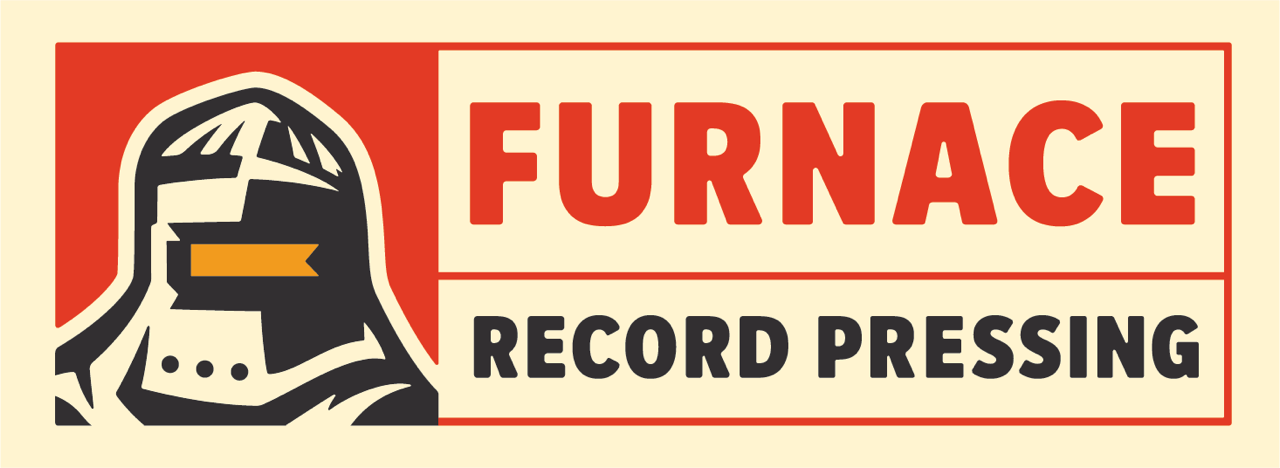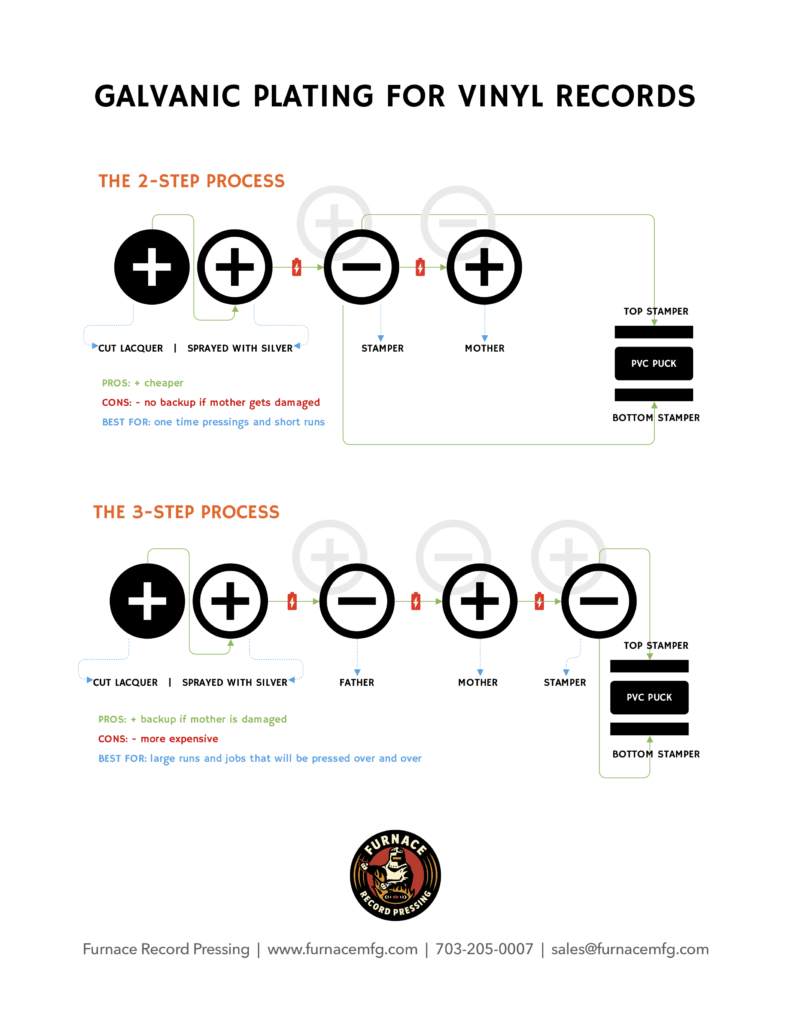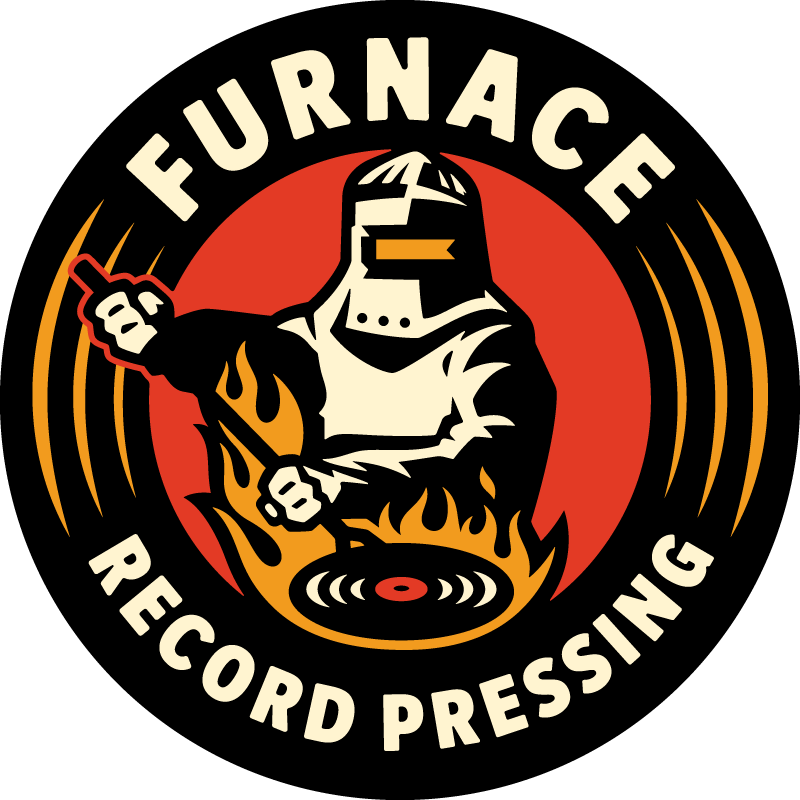Yes we can. We can do just about anything. Here are some of our offerings:
Swirl
We make this by mixing two or more colors of PVC into the hoppers. This makes a swirly combo of colors that looks awesome and varies from record to record so each of your customers will receive a one of a kind look. If you want them to all be identical, order black.
The swirl technique works great on 12” and 10” records but, unfortunately, not on the 7″ presses. The 7” will just take red and white and make pink. This is because of the design of the extruder screw on those presses (nerd engineering speak).
High-Melt Color Vinyl
High Melt PVC is made with a different melting point than standard black or color vinyl so it creates different effects than swirling together standard vinyl. This vinyl is more expensive than standard vinyl but not as expensive than splatters and custom effect vinyl color. Smoke and blood spatter effect are great examples of what High Melt has to offer.
Splatter
If the Swirl color effect doesn’t quite make you poop your pants with delight we offer a variety of splatter color configurations sure to bring a smile to even the most surly record collector. These effects are achieved by hand making each vinyl puck and then manually placing it into one of our Semi-Automatic (mostly manual) pressing machines. This is a slow and laborious process so you’ll pay a premium for these records but the final results are pretty freakin’ rad.
Check out all the unique vinyl effects we offer and get ready to have your mind blown.
Doing color mixtures and achieving specific color effects is not an exact process and it’s not supposed to be. If you want consistency and perfection, go with black or a single color vinyl. But if you want something different, this stuff is super cool. Some colors inherently mix better than others. We just won’t know until we’ve put it on the press and produced the records which is part of the fun.
When pressing color vinyl, you should expect a little swirl from whatever color was used on the previous run. This will linger for the first 50-100 records until flushed out. We think this is pretty cool (most people do) but to produce colored vinyl (without remnant speckles or swirls), you can pay more to clean the extruder between pressings.
Metallic Vinyl Colors
To achieve these colors there are metallic flakes added to the compound. These metallic flakes can settle in the extrusion process and cause a wavy pattern in the pressed record. Cool, right? If you don’t like cool metal wavy patterns, don’t order metallics. We can’t control exactly what it will look like but we’re excited to see how it turns out every time.






